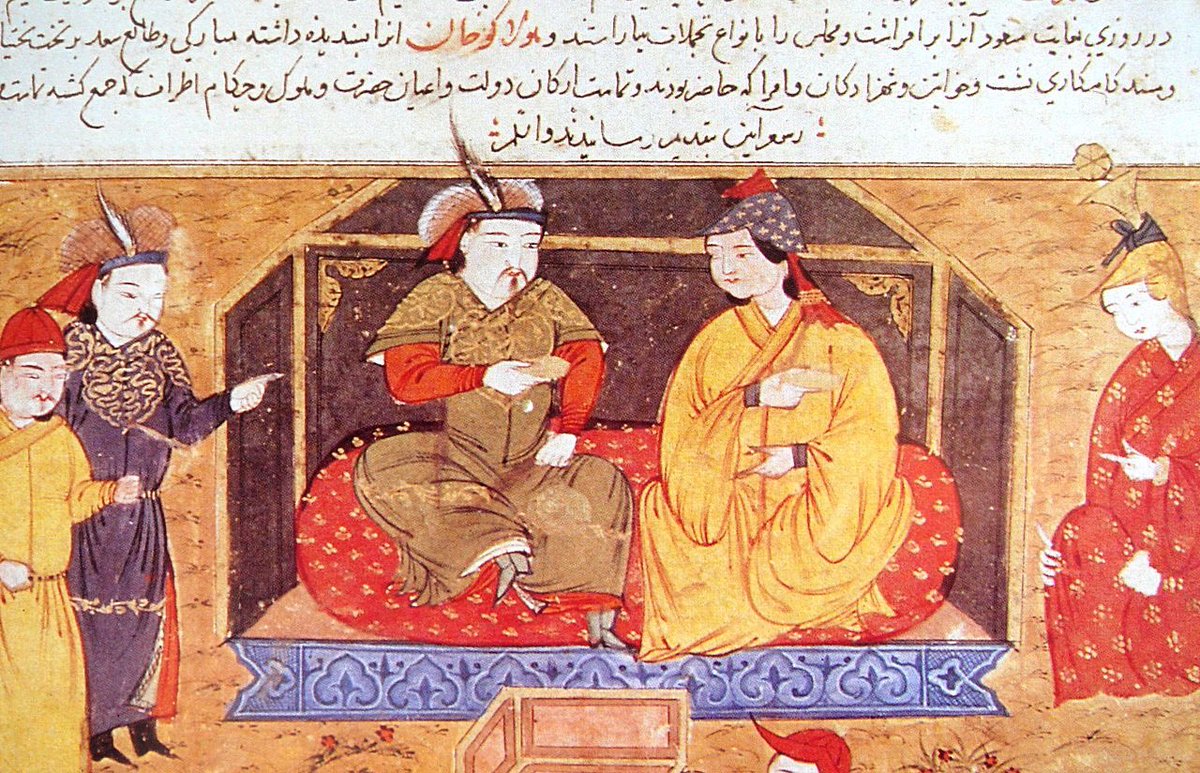
Your local Ottoman efendi. Moustache, frock coat and fez. I drink from the Cup of Jamshid and write poems in rose gardens.
How to get URL link on X (Twitter) App

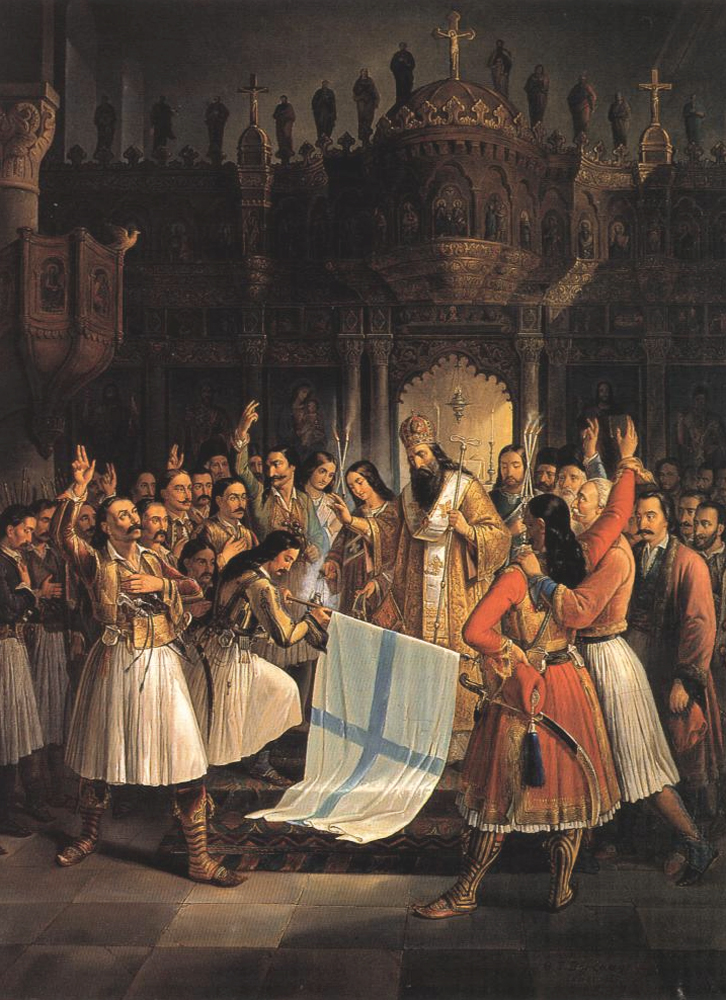
 Until the middle of the 19th C “Rum” was an indicator of confessional affiliation but gathered people from very diverse cultural and linguistic background all united around the same Byzantine Orthodox rite...⬇️
Until the middle of the 19th C “Rum” was an indicator of confessional affiliation but gathered people from very diverse cultural and linguistic background all united around the same Byzantine Orthodox rite...⬇️ 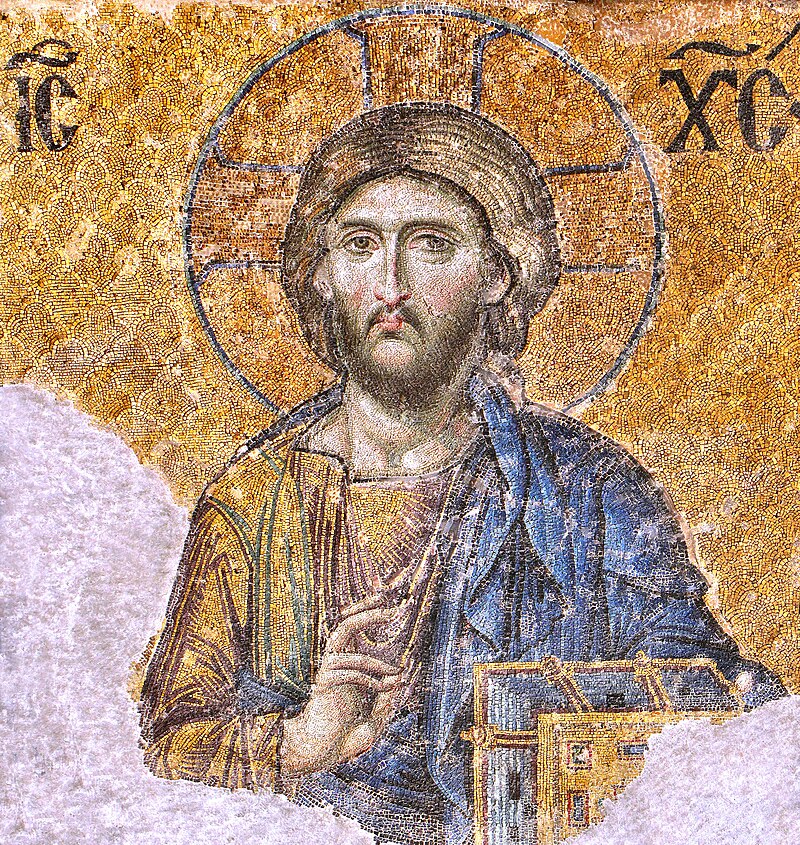
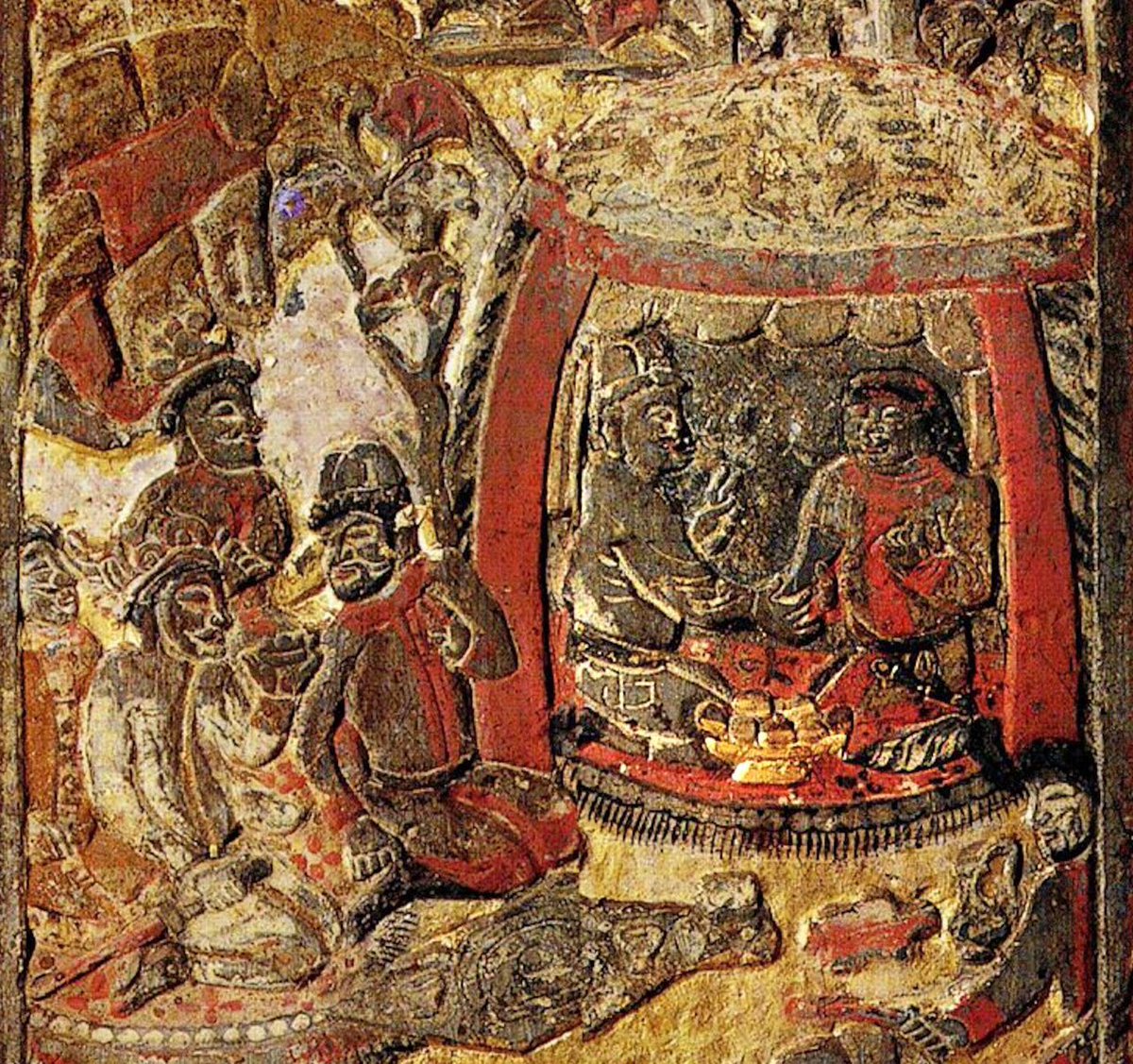
 As Turks and Sogdians cohabited for centuries diglossia was not uncommon, and as much as Turkic elites knew Sogdian, Sogdians knew Turkic. And as much as this situation led Sogdian to influence Turkic, Turkic influenced Sogdian as well.⬇️
As Turks and Sogdians cohabited for centuries diglossia was not uncommon, and as much as Turkic elites knew Sogdian, Sogdians knew Turkic. And as much as this situation led Sogdian to influence Turkic, Turkic influenced Sogdian as well.⬇️ 

https://twitter.com/FranseviEfendi/status/1623092772621131776During the 2nd half of the 19th C the meaning and use of the term “Turk” gradually change. Even if it still has a negative connotation in the mouth of the elites for whom it still carries the meaning of the Anatolian peasant of Turkish language, ⬇️

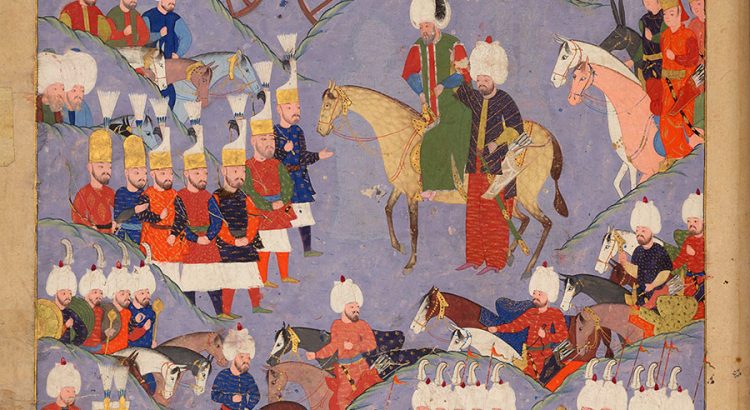
https://twitter.com/FranseviEfendi/status/1623086202457931778In the Ottoman documentation, the word “Turk” isn’t used to refer to the Empire nor to their Muslim subjects before the 19th C.⬇️

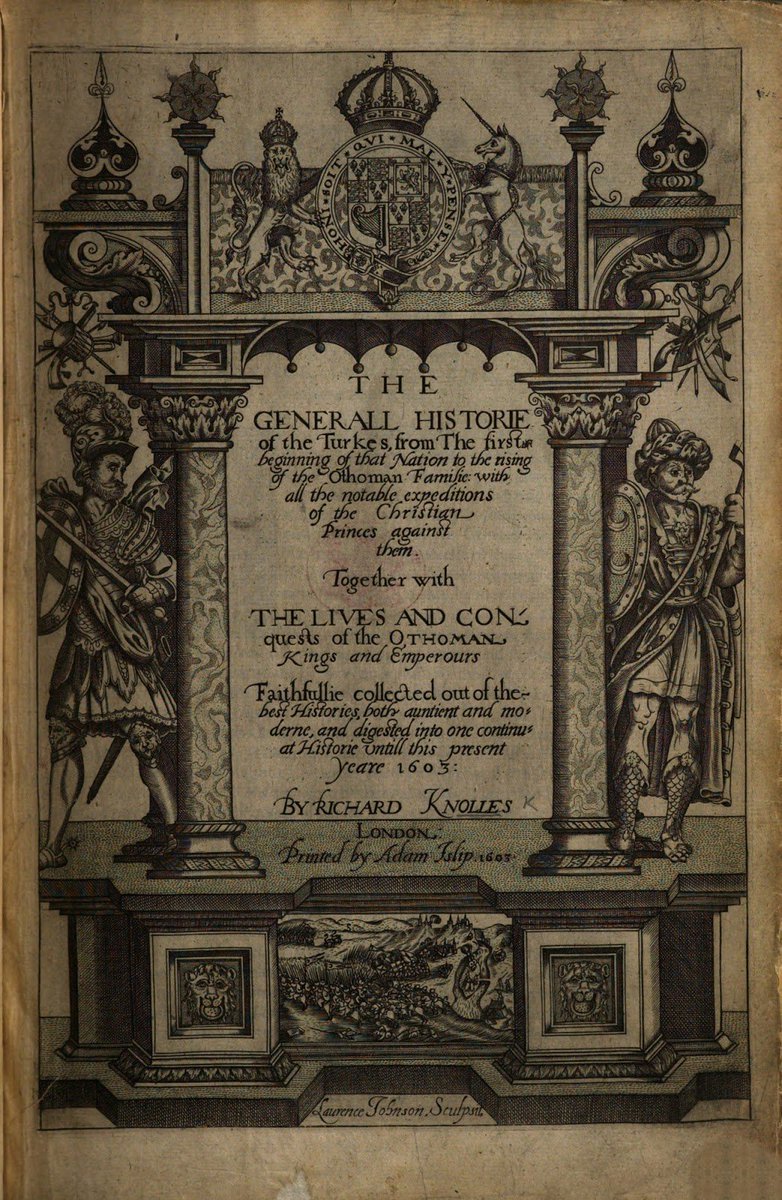
 The ethnonym of “Turk” is mentioned as early as the 6th C. in the Chinese sources and the inscriptions of the Köktürks (6th to 8th C.) found in the Orkhon valley nowadays in Mongolia and datable to the 1st half of the 8th C.⬇️
The ethnonym of “Turk” is mentioned as early as the 6th C. in the Chinese sources and the inscriptions of the Köktürks (6th to 8th C.) found in the Orkhon valley nowadays in Mongolia and datable to the 1st half of the 8th C.⬇️ 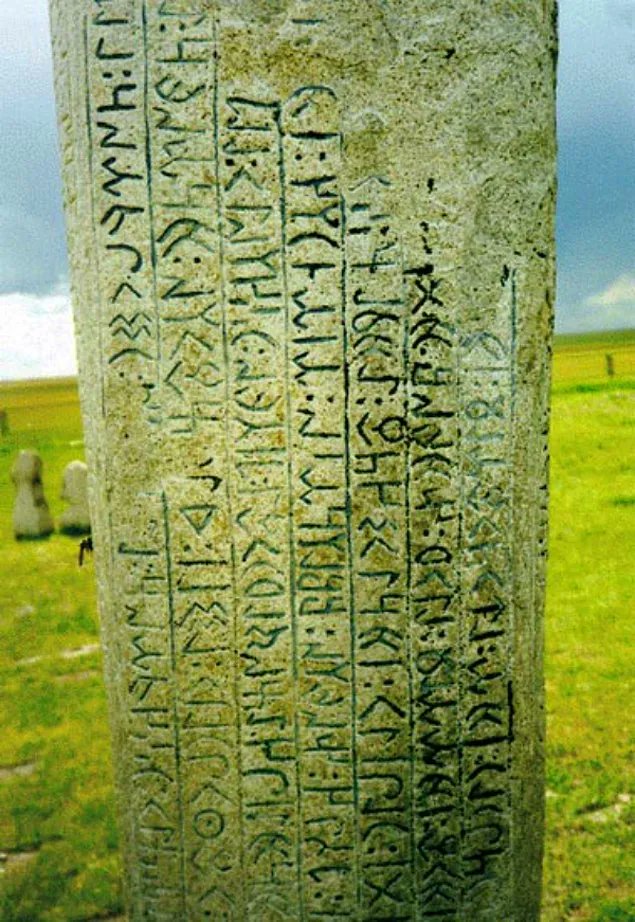
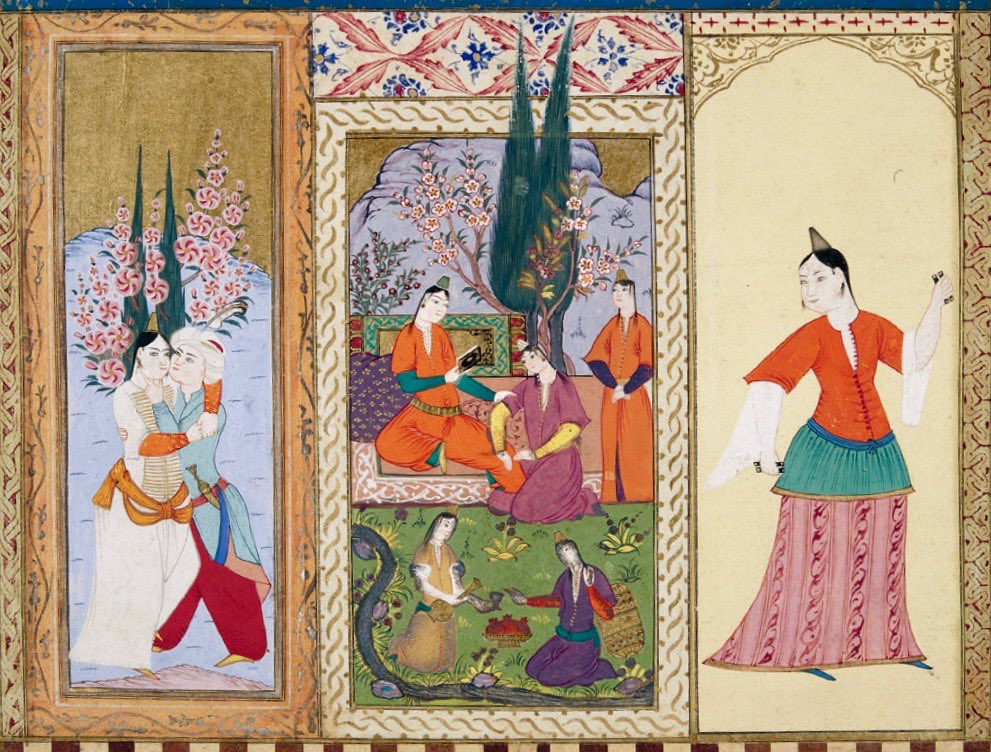
 During the Classical era, Ottoman upper classes had a complex idea of sexuality. These ideas expressed through sexual advice guides which was a kind of literature pre-existing to the Ottomans and pretty widespread in the islamic world. ⬇️
During the Classical era, Ottoman upper classes had a complex idea of sexuality. These ideas expressed through sexual advice guides which was a kind of literature pre-existing to the Ottomans and pretty widespread in the islamic world. ⬇️ 
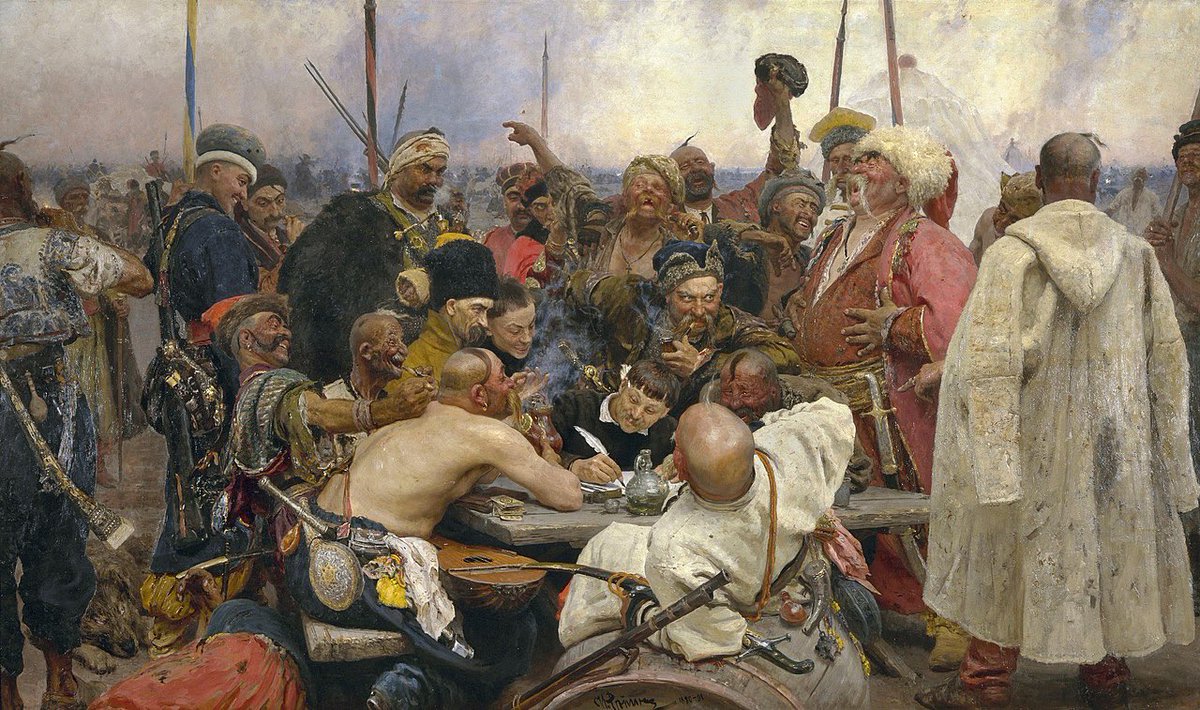
 According to Avidgor Levy, from the late 18th century various Cossacks sought refuge in the Ottoman Empire where they’d be resettled and employed in various auxiliary roles.⬇️
According to Avidgor Levy, from the late 18th century various Cossacks sought refuge in the Ottoman Empire where they’d be resettled and employed in various auxiliary roles.⬇️
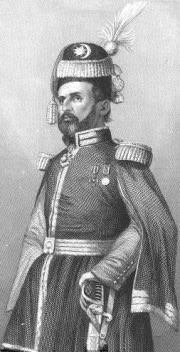
 He died on 18 January 1886, in Borky, in central Ukraine. He was a Polish writer on Cossack themes and a political emigre who worked both for the resurrection of Poland and also for the reestablishment of a Cossack Ukraine.⬇️
He died on 18 January 1886, in Borky, in central Ukraine. He was a Polish writer on Cossack themes and a political emigre who worked both for the resurrection of Poland and also for the reestablishment of a Cossack Ukraine.⬇️

 Doquz Khatun (lit. “Lady Nine” in Turkic, as this number has an auspicious meaning among Turks and Mongols), was a Keraite princess, niece of the last Keraite king the most famous Ong Khan Toghrul.
Doquz Khatun (lit. “Lady Nine” in Turkic, as this number has an auspicious meaning among Turks and Mongols), was a Keraite princess, niece of the last Keraite king the most famous Ong Khan Toghrul. 